We like Kuala Lumpur. It is a city of contrasts, particularly of old and new: state-of-the-art shopping malls and sky scrapers are as much a part of this city’s culture as temples and museums. There is a balance of local shops and big brands, though perhaps a bit too much of the latter. Excellent public transport, street cleaners and large green spaces – three things lacking in so many SE Asian cities – make this the most liveable place we have visited. Kuala Lumpur is also very diverse. Despite having heard about those in power exacerbating ethnic divides, the Chinese, Indian and Malay communities co-exist in harmony here and participate in each other’s celebrations. Each ethnicity preserves their unique culture and passes it down from generation to generation. There is also a large expat contingent and Malaysians are notably friendly to Westerners.
On our first day here, we participated in a food tour. Although this did not live up to expectations, largely because it did not actually include that much food, our informative guides took us to parts of the city we would not have otherwise visited and explained their history. Malaysian cooking is influenced by Indian and Chinese cuisines, and includes fried foods or ingredients like pork lard. Even the ice-cream here is fried! Malaysians also have a sweet tooth and like to pair condensed milk with all drinks, including tea. As a result, after the tour, I was feeling guilty about the unhealthy food we had recently consumed. We made a pact to have some healthy-eating days and sought out salads in the city’s trendy, health-conscious cafes. The best meal we discovered was a Japanese-inspired, vegan ‘bento box’, which included lots of brown rice, veggies, tofu and yummy sauces. Hopefully this will please Ben’s grandparents who, unsurprisingly given the food-focussed nature of this blog, have expressed concerns about our weight!
Contrary to popular belief, we don’t spend all of our time here eating… In fact, we spent most of our time in Kuala Lumpur walking to the parks, visiting the central market and several museums. My favourite was the Islamic Arts Museum, which reminded me that religion is responsible for much of the world’s beautiful things. I was surprised to note that Islam also influences popular fashion, with the museum’s jewellery and textiles bearing a distinct resemblance to items found in today’s high street stores. We also took a worthwhile trip to the Batu Caves: 400 million year-old openings in the vast limestone hills that border Kuala Lumpur. The Caves are also one of the biggest Hindu shrines outside India. The site itself is free, and the return monorail and train tickets (45 minute journey) cost less than £1.50!
For the weekend, we headed down to Melaka. Melaka was world-renowned for its spice trade when Singapore was still a fishing village and, from 1511, was colonised in succession by the Portuguese, Dutch and British. The Straits-Chinese or Peranakan traders also settled here, and their wealth is seen in Chinese Palladian architecture. Just as beautiful are the simple shop-houses that were built using techniques cleverly adapted to the environment. Many of these shop-houses have been demolished or renovated beyond repair, so the UN has funded a preservation project. The Chinese architecture is similar to Penang, yet the shop-houses are reminiscent of Vietnam’s pretty Hoi An. Melaka’s riverside setting makes a boat tour one of the best ways to view its architectural sites, though walking around its bustling streets is equally pleasant.
As in Penang, the Straits-Chinese or Baba-Nyonyas had an impact not only on architecture, but also on food. My favourite specialities include Laksa (a noodle soup whose Melakan version is distinguished by its coconut milk and lemongrass-infused broth), Popiah (a giant fresh spring roll stuffed with shredded vegetables, egg, palm sugar and much more) and Pineapple tarts (a unique blend of Nyonya and Portuguese cooking). Don’t worry weight watchers, we shared all of the above!
Unfortunately, however, our healthy diet went on pause upon our return to Kuala Lumpur today. Ben treated me to afternoon tea at the Grand Hyatt’s Thirty8 restaurant, which has panoramic views over KL’s stunning skyline. For 2 sharing, and an extra pot of tea, it cost only £10 per person – quite a bargain given the endless refills of our tea! It was the perfect way to say goodbye to the country that I have loved so much. In the future, I hope to return to Malaysia and explore the east coast and Malaysian Borneo. It will be sad to leave, but I am excited to fly to Bali tomorrow!
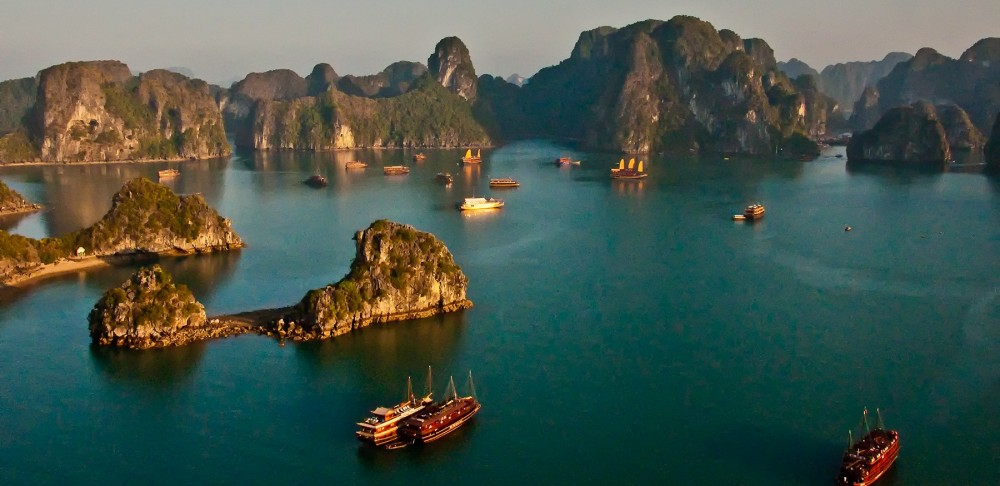
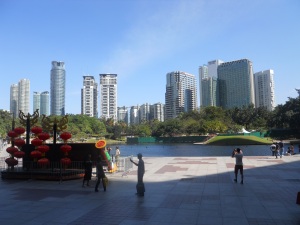

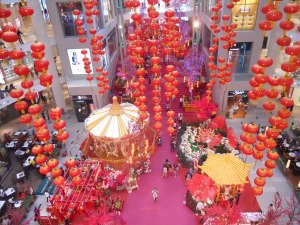
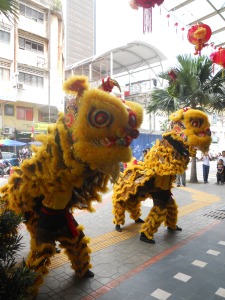
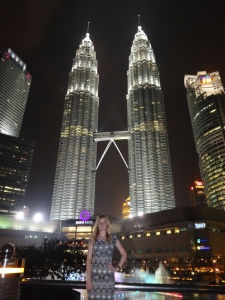
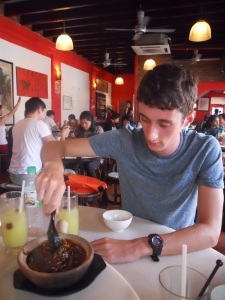
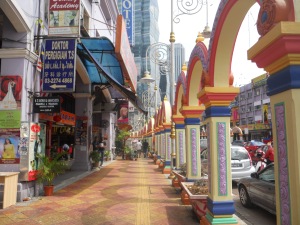
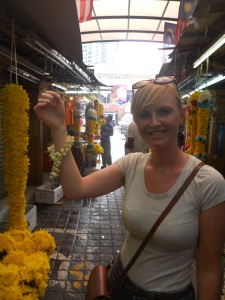
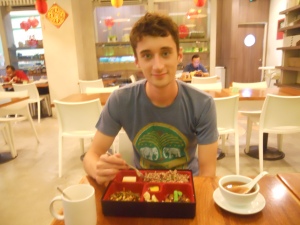
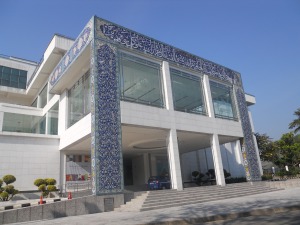
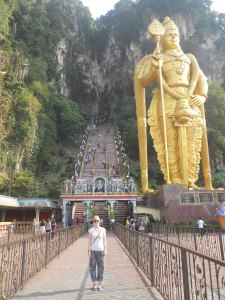
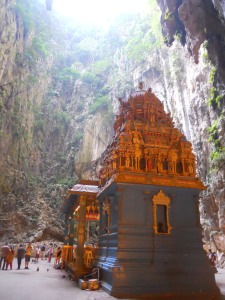
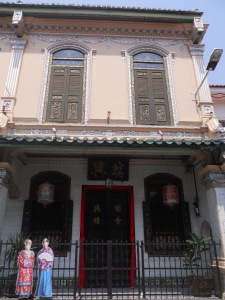
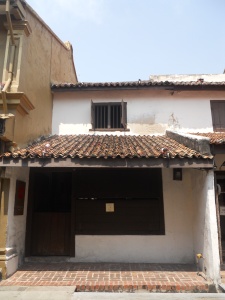
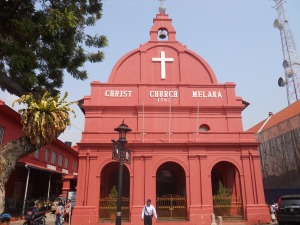
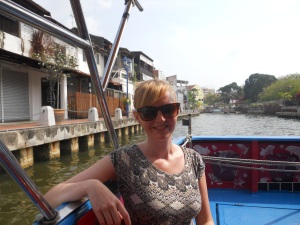
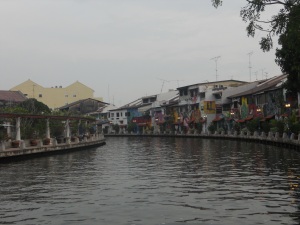
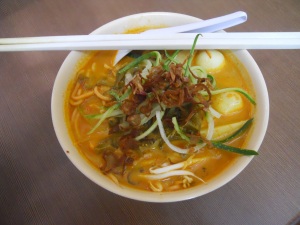
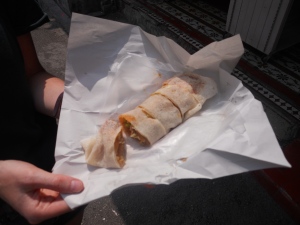
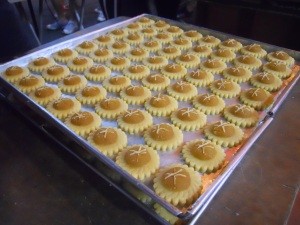
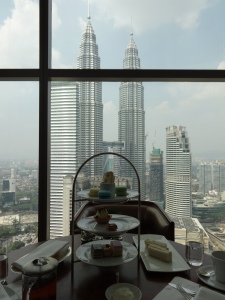
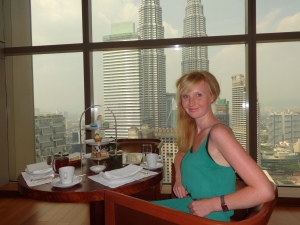

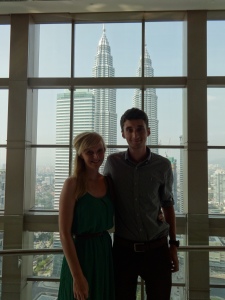
Thanks for another lovely blog. That afternoon tea looks wonderful, especially for only £10. You will be sad to know that you missed out on a culinary treat during your time in Vietnam. The (Vietnamese) Prime Minister’s son-in-law has just opened the country’s first Macdonald’s, located in Ho Chi Minh.
Do the Malaysians really fry ice cream? If so, is it done in using a similar technique to baked alaska?